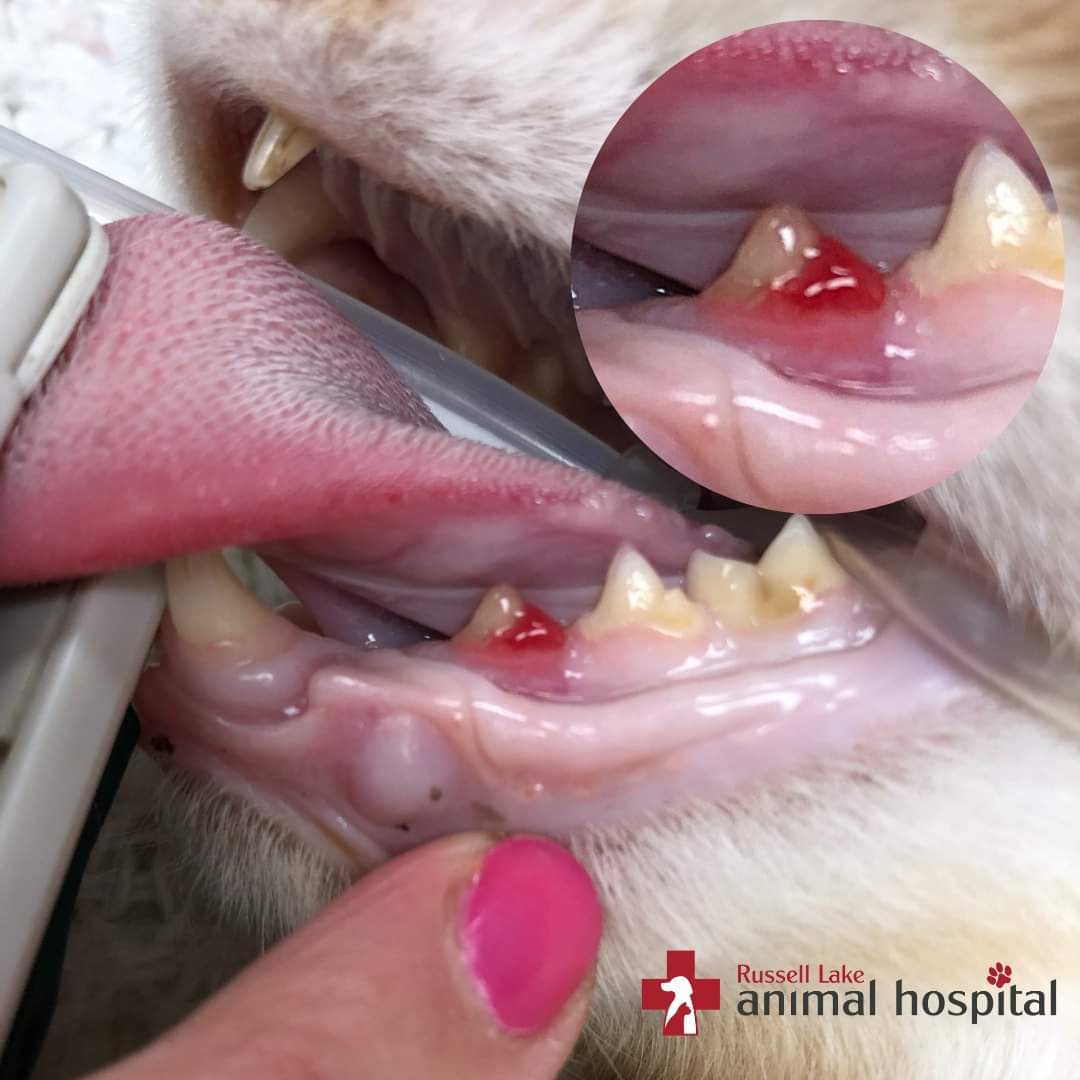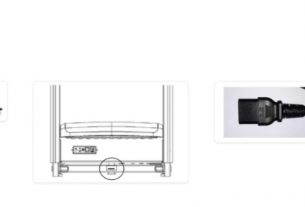Via Russell Lake Animal Hospital
Cats can experience dental health issues that can impact their overall health

One of the common issues is called tooth resorption.
More than half of all cats older than three years old will have at least one tooth affected by resorption. (Not as common in dogs)
Tooth resorptions are usually found on the outside of the tooth where the gum meets the hard dental tissue.
What are the causes of tooth resorption?
The cause is unknown, but theories supporting an autoimmune response, calicivirus, and metabolic imbalances relating to calcium regulation have been proposed.
How do I know if my cat has tooth resorption?
Once the sensitive dentin is exposed, the pain can manifests as muscular spasms, increased salivation, oral bleeding, difficulty eating or trembling of the jaw whenever the lesion is touched.
Remember, our cats are experts at hiding their pain so you may not notice any signs that someone is wrong.
In many cases, without radiographic and or examination by a vet, a tooth resorption can go undetected and the cat will be in pain in silence.
Annual consultations with a veterinarian and dental care are recommended for early detection of disease.
How are tooth resorptions treated?
Treatment will depend on what is found on the radiographs (x-rays). At this time the veterinarian can see and evaluate the appearance of the tooth resorption.
Depending on the severity an extraction of the entire tooth and roots, or a partial tooth extraction, may be required.



